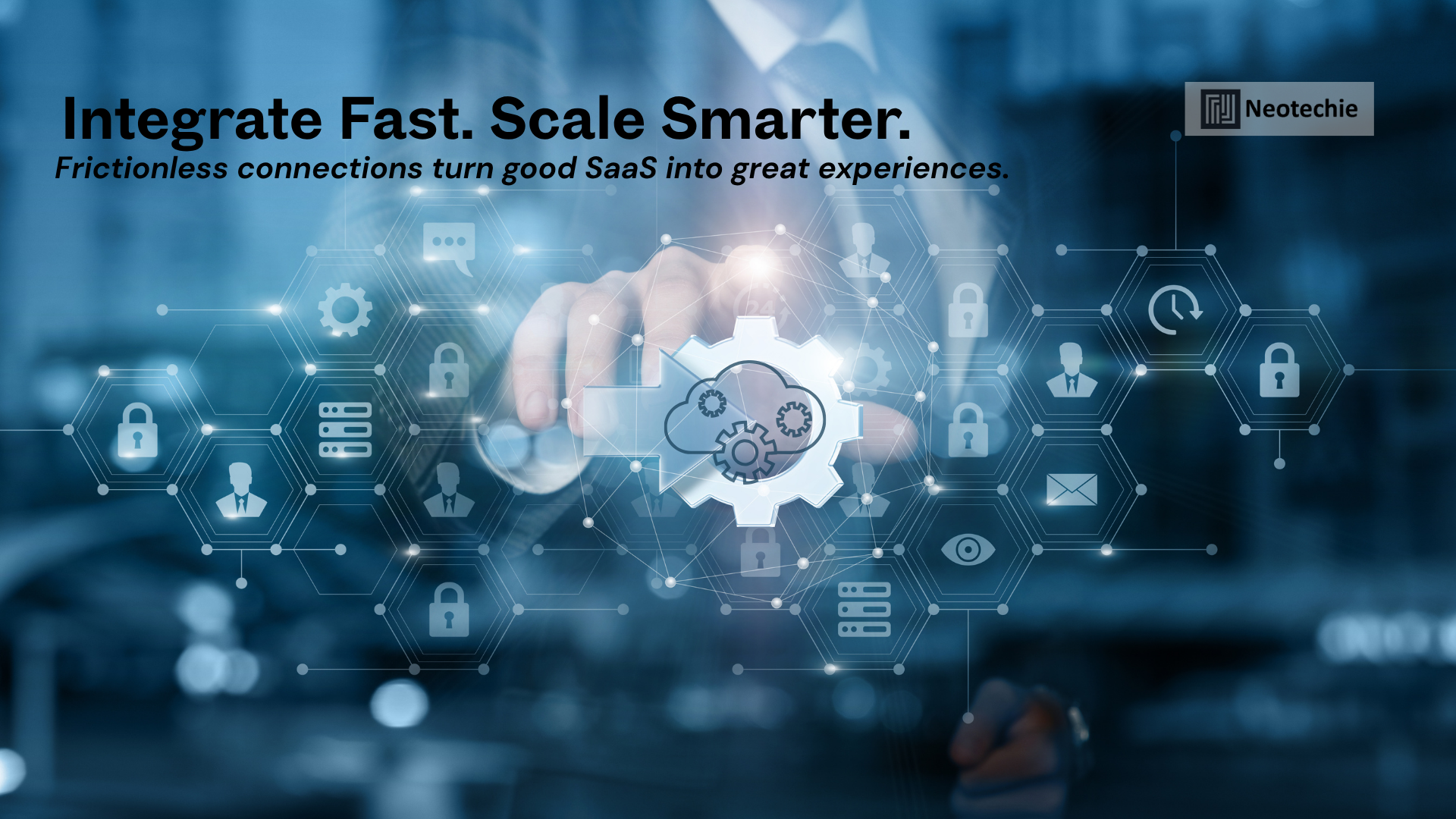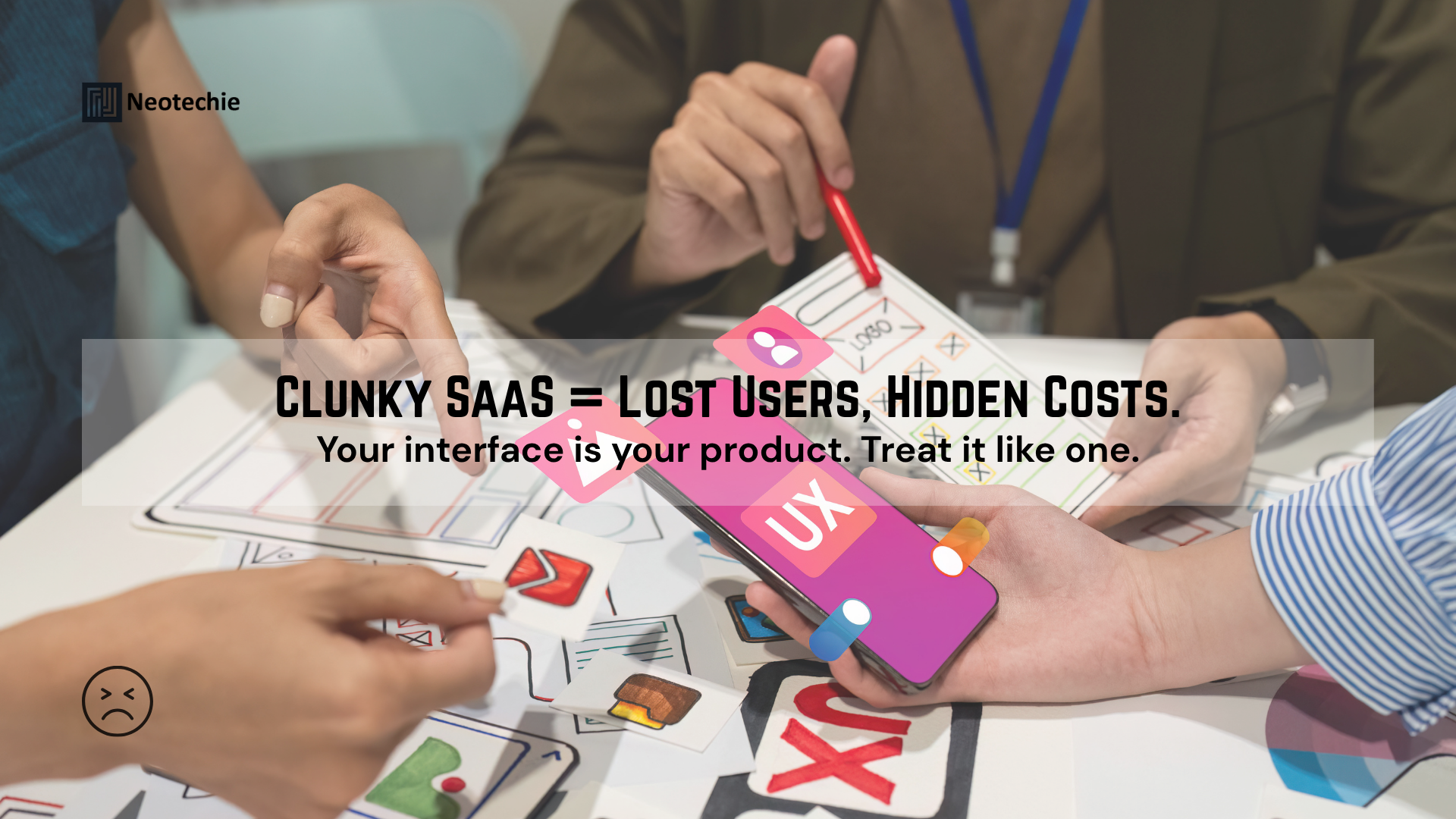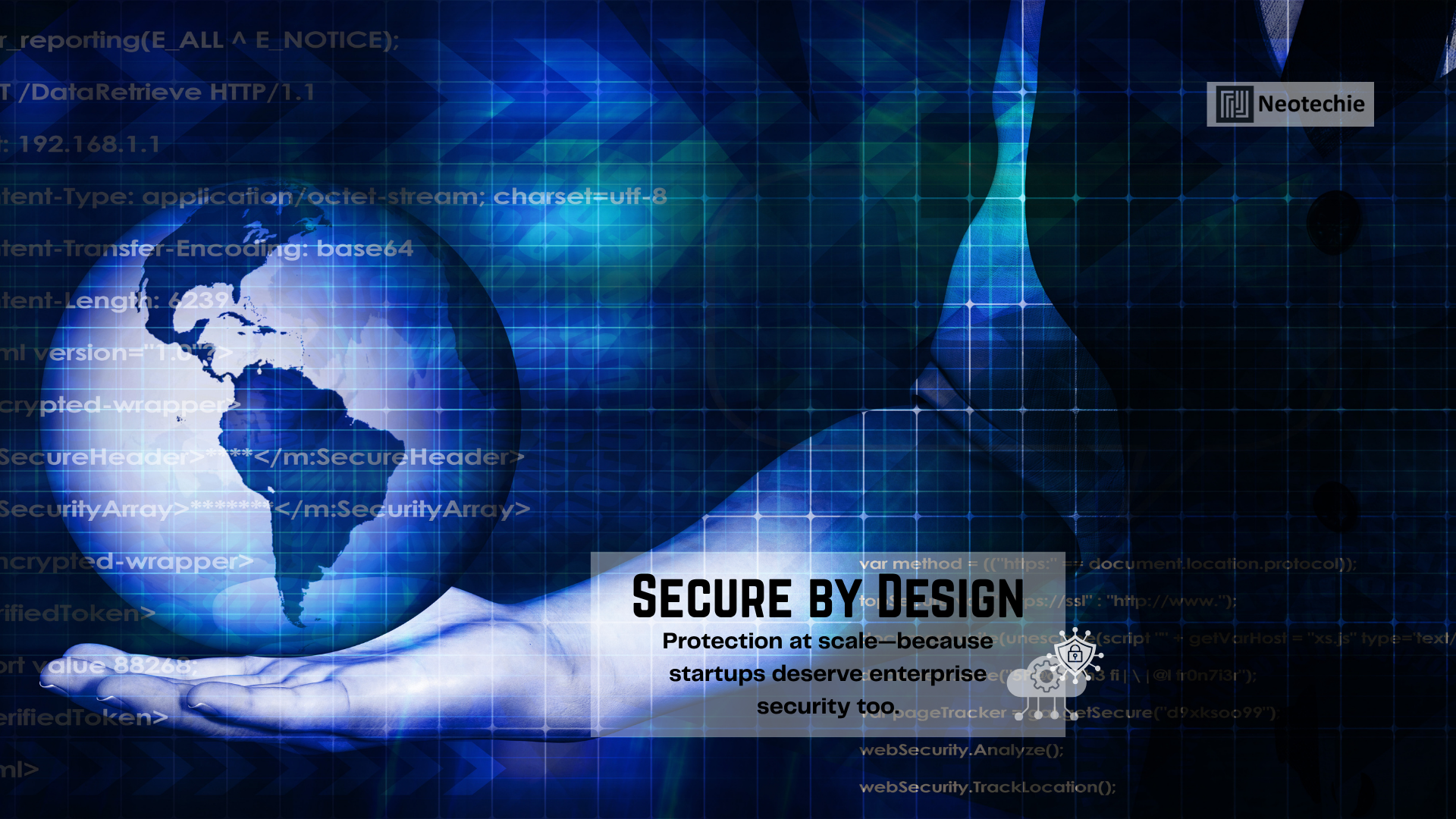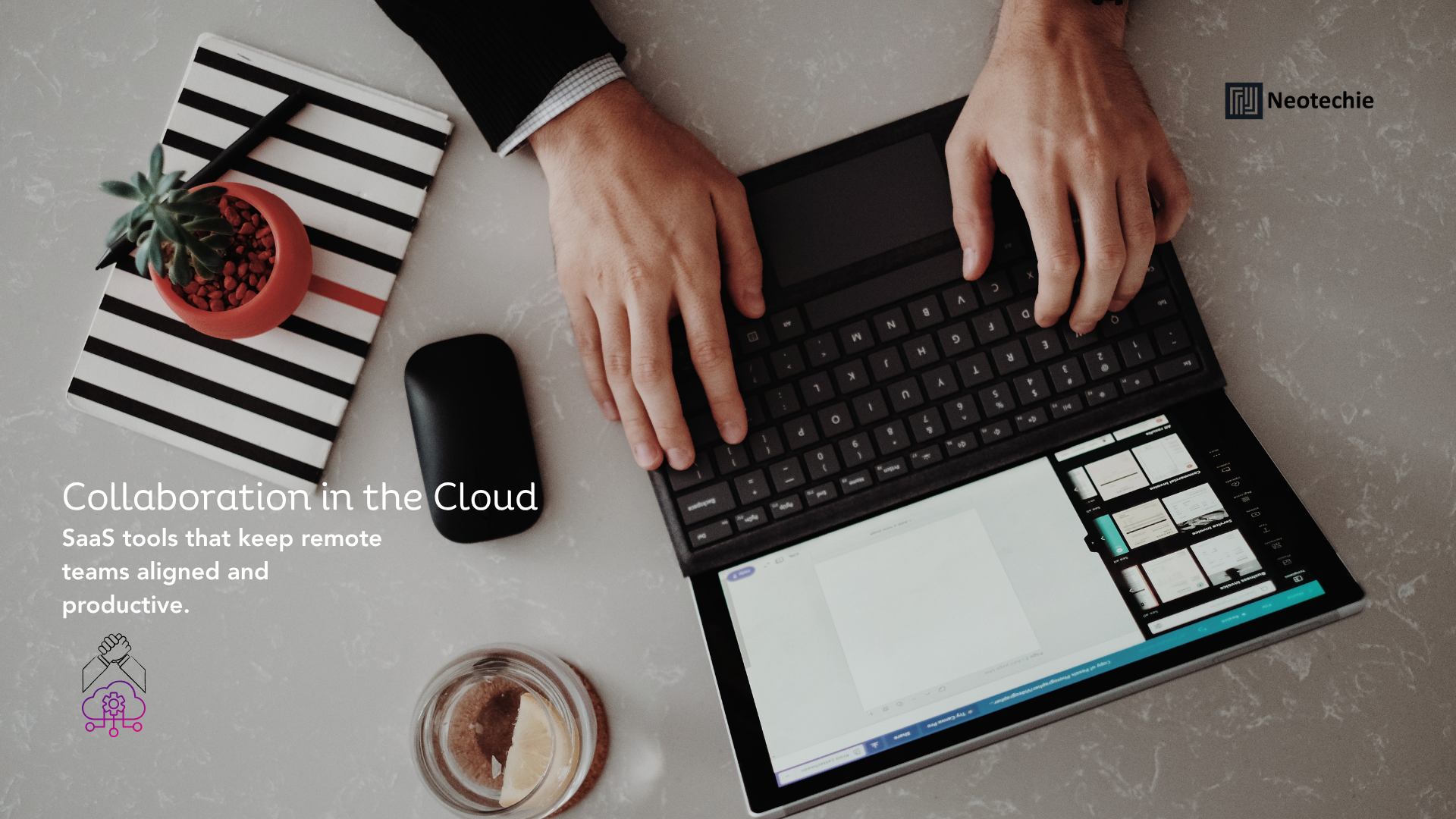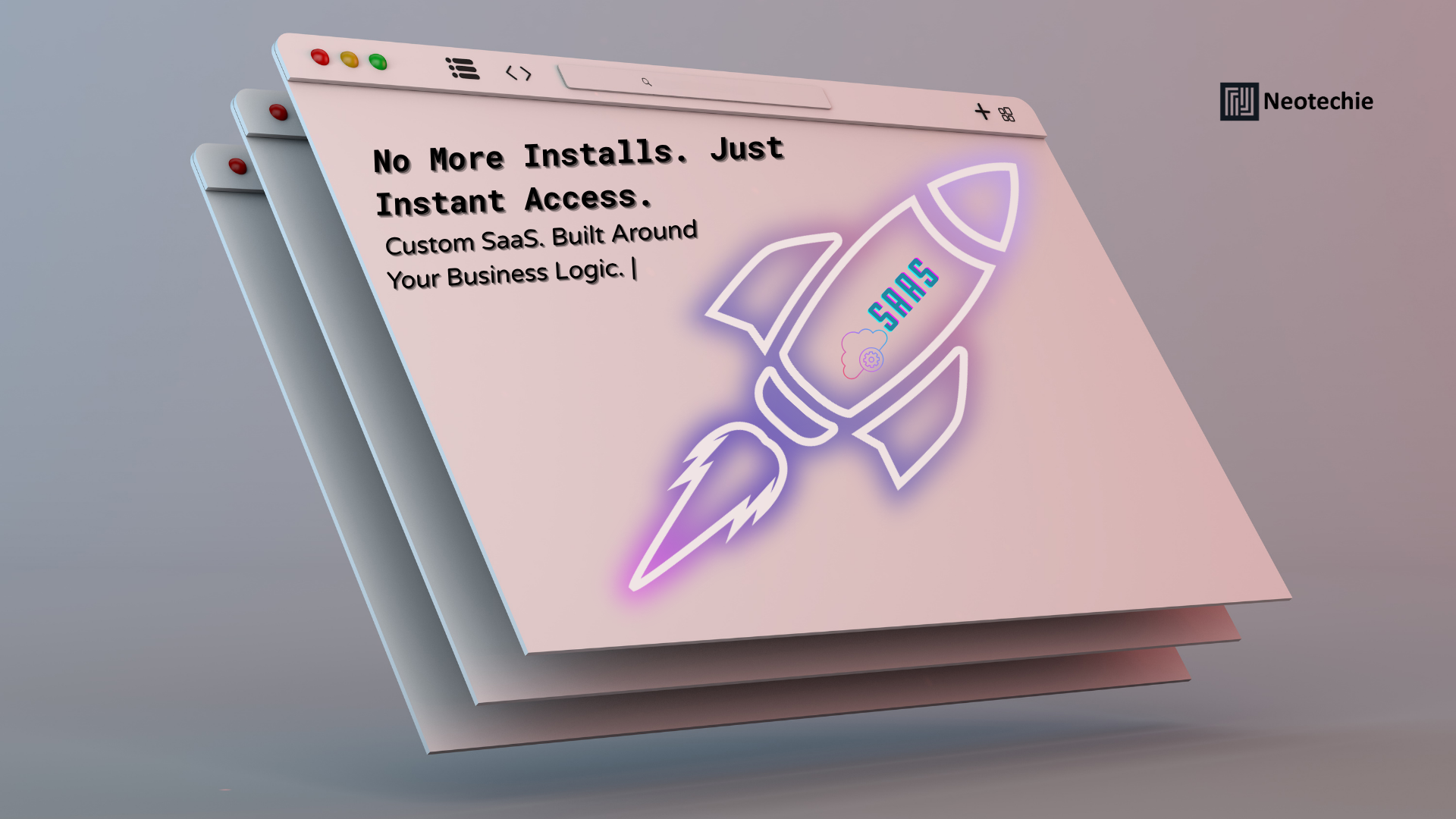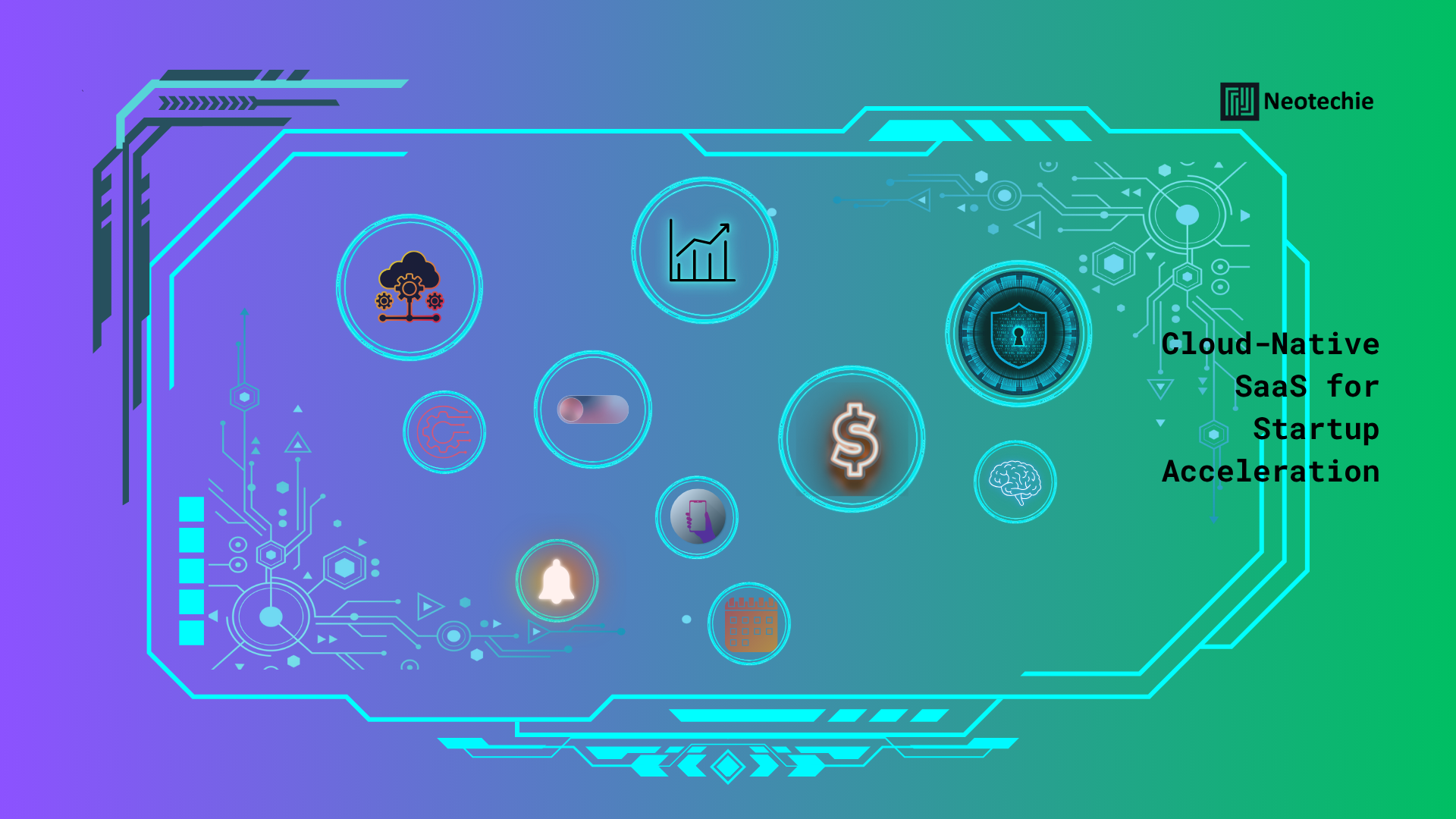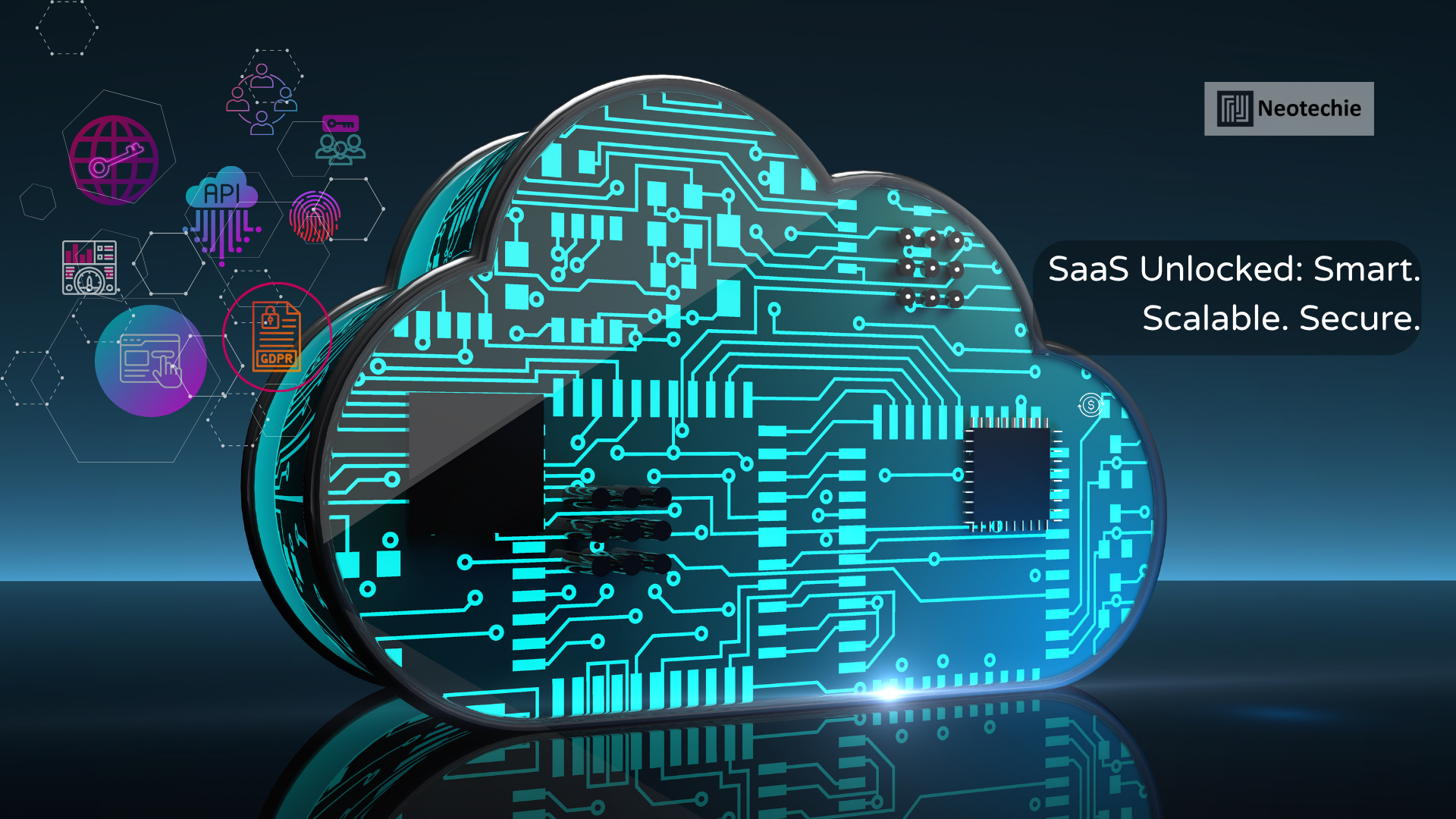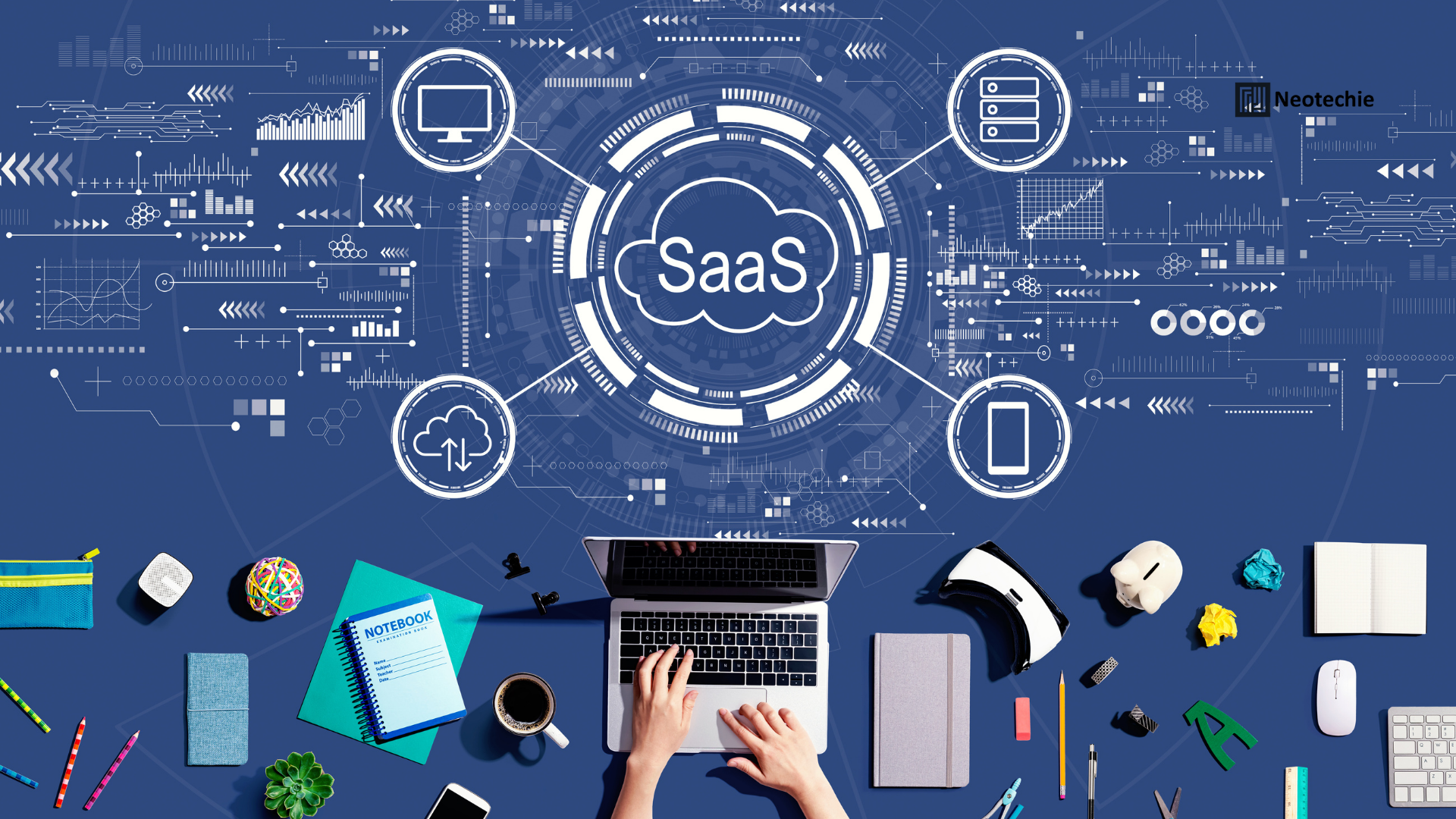When businesses invest in Software as a Service (SaaS), they expect quick wins—productivity boosts, streamlined operations, and a fast return on investment. But one crucial factor determines whether a SaaS product becomes an indispensable asset or another abandoned tool: seamless integration. In the evolving landscape of enterprise software, integration isn’t a bonus feature. It’s the core enabler of long-term success, team adoption, and operational efficiency.
Integration Fatigue: The Barrier to SaaS Adoption
A common frustration among organizations adopting new software is the time and complexity of integration. Many SaaS tools promise transformative outcomes but fall short when they can’t easily align with existing infrastructure. Businesses are left juggling multiple logins, fragmented data silos, and broken workflows.
This disconnect slows down adoption, burdens IT departments, and creates friction in teams where agility and cohesion should thrive.
According to Gartner, companies that integrate SaaS platforms with their existing digital tools effectively are 3x more likely to report positive ROI within the first year.
Without proper integration, a promising SaaS platform can quickly turn into a frustrating investment that never reaches full potential.
Why Seamless Integration is Non-Negotiable
1. Accelerates Time to Value
Every day spent configuring a SaaS product delays its utility. Seamless integration ensures:
- Quick deployment
- Minimal manual setup
- Instant usability across workflows
This accelerates ROI and builds momentum for team engagement right out of the gate.
2. Eliminates Data Silos
Disconnected tools create information vacuums where critical data is trapped in isolated systems. This prevents leaders from seeing the full picture and stalls real-time decision-making.
With proper integration, data flows securely and consistently between tools, creating a unified ecosystem that supports strategic action.
3. Enables Scalable Growth
As businesses expand, new tools and departments increase system complexity. If your software can’t integrate easily, growth becomes chaotic.
Well-integrated SaaS solutions allow:
- Easy onboarding of new platforms
- System-wide automation
- Cross-functional collaboration at scale
4. Enhances User Experience
Users don’t care how many features a tool offers if it disrupts their workflow. With seamless integration, they get:
- Unified dashboards
- Smooth transitions between tools
- Contextual access to relevant data
This boosts productivity and user satisfaction while lowering resistance to adoption.
Real Costs of Poor Integration
Failing to integrate SaaS properly results in hidden costs, including:
- Time wasted on manual data entry
- Duplicated work and inefficiencies
- System errors due to inconsistent inputs
- User abandonment from frustration
- Overloaded IT teams handling endless support requests
The result is a digital ecosystem that feels more like a patchwork than a platform—inefficient, expensive, and difficult to manage.
Integration Isn’t Just Technical—It’s Strategic
Successful SaaS integration starts with strategic planning. This means:
- Analyzing team workflows
- Mapping critical touchpoints between systems
- Defining success metrics
- Prioritizing long-term interoperability
Integration is not an afterthought. It’s an upfront investment that ensures digital alignment across departments and long-term product value.
APIs: The Backbone of Modern SaaS
Application Programming Interfaces (APIs) are the connective tissue of integrated platforms. Without flexible and secure APIs, your SaaS tool can’t adapt to new systems or automation needs.
Strong API design enables:
- Real-time data exchange
- Custom workflows
- System interoperability
It also supports future-proofing, so as your business grows, your tools evolve with you.
Integration Drives Real Collaboration
When platforms work together, people work better. Integrated SaaS environments:
- Break down departmental silos
- Unify goals and metrics
- Empower teams with accurate, shared information
This cross-functional alignment leads to faster execution, more strategic decision-making, and stronger outcomes across the board.
Neotechie: Seamless SaaS That Syncs With Your Workflow
At Neotechie, we don’t just build software—we build SaaS that integrates effortlessly with the way your business already works. Our approach to cutting-edge SaaS applications emphasizes plug-and-play compatibility, enabling your teams to hit the ground running without weeks of training or months of setup.
We understand that reliability means nothing without usability. That’s why every platform we deliver combines a user-first interface with robust backend architecture and seamless API-based connections.
Your data flows smoothly, your teams collaborate better, and your tools work together—all without compromising security or data privacy. We follow the highest industry standards, ensuring that your integration layers are not only functional but fortified.
Built to connect. Designed to empower. That’s integration by Neotechie.

